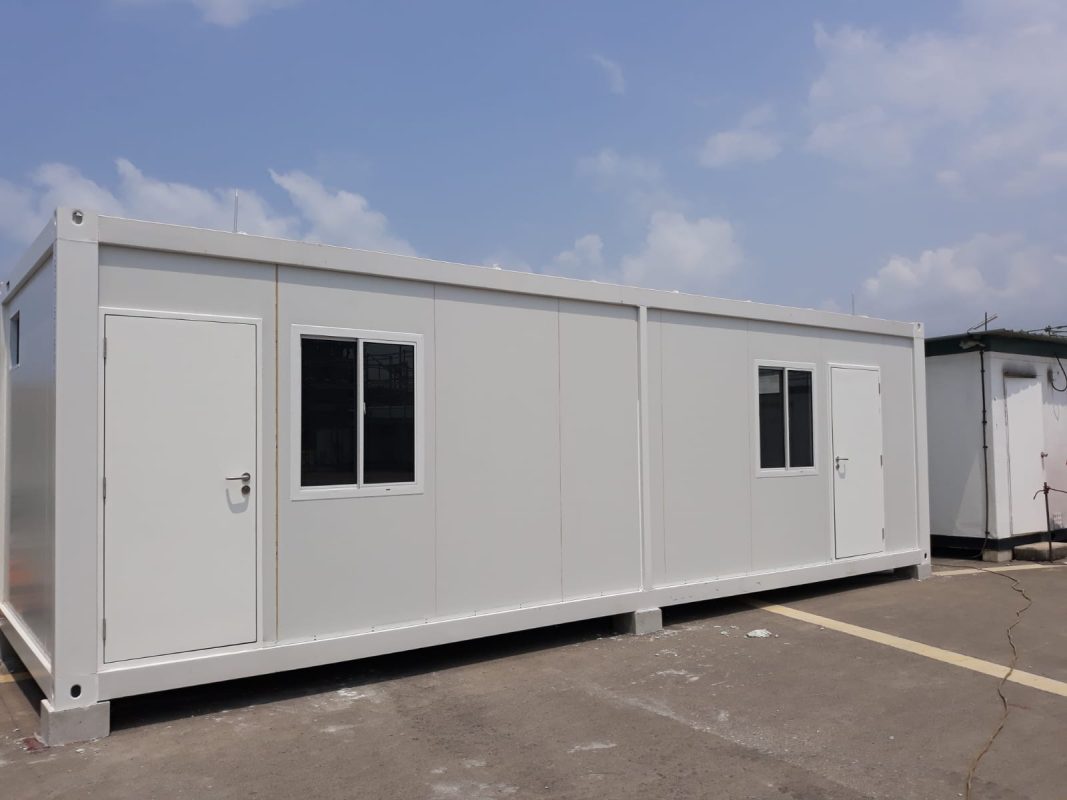Shipping Containers in Disaster Relief: A Rapid Response Solution

When natural disasters strike, the immediate needs for shelter, medical supplies, and logistical support become paramount. Shipping containers, often seen as mere cargo carriers, have emerged as a powerful tool in disaster relief efforts. Their versatility, durability, and cost-effectiveness make them an ideal solution for rapid response and recovery in crisis situations. This article explores how shipping containers are transforming disaster relief operations and the innovative ways they are being utilized to provide immediate aid and long-term recovery support.
The Versatility of Shipping Containers
Shipping containers, typically used for transporting goods across the globe, are designed to withstand harsh conditions. Their robust construction—made from weather-resistant steel—makes them highly durable and secure. This inherent sturdiness is a key factor in their effectiveness as disaster relief tools. Containers can be easily transported by truck, train, or ship, allowing them to be quickly deployed to disaster-stricken areas.
The modular nature of shipping containers also contributes to their versatility. They come in various sizes and can be stacked or combined to create larger structures. This flexibility allows for a wide range of uses, from temporary housing to mobile clinics and command centers.
Immediate Shelter and Housing
In the aftermath of a disaster, providing immediate shelter is a critical need. Shipping containers can be converted into temporary housing units with minimal modifications. They offer a weatherproof and secure environment, which is crucial for people who have lost their homes. The interior of a container can be outfitted with basic amenities, such as beds, ventilation, and insulation, to create livable spaces.
Innovative designs have also emerged, such as container homes that include features like solar panels and rainwater harvesting systems. These additions not only provide immediate relief but also contribute to the long-term sustainability of the recovery process.
Mobile Medical Clinics and Command Centers
Shipping containers are not limited to housing; they can also be transformed into fully functional mobile medical clinics and command centers. In areas where infrastructure is damaged or non-existent, mobile medical units are essential for providing urgent care. Containers can be equipped with medical equipment, pharmaceuticals, and trained personnel to deliver critical health services in the field.
Similarly, command centers housed in shipping containers serve as operational hubs for disaster response teams. These mobile units can be set up with communication equipment, offices, and coordination facilities to manage relief efforts efficiently.
Logistics and Storage Solutions
Disasters often disrupt supply chains, making the efficient storage and distribution of relief supplies challenging. Shipping containers offer a practical solution for these logistical issues. They can be used as storage units for food, water, and other essential supplies, keeping them safe from the elements and ensuring they are readily accessible when needed.
Additionally, containers can be used to establish temporary warehouses or distribution centers. Their mobility allows them to be deployed to strategic locations, optimizing the delivery of aid to affected communities.
Innovative Uses and Future Potential
The use of shipping containers in disaster relief is not static; it continues to evolve with technological advancements and creative solutions. For example, some organizations are exploring the use of shipping containers as emergency power sources, equipped with generators or renewable energy systems.
In the future, the integration of advanced technologies, such as IoT sensors and remote monitoring systems, could enhance the functionality of container-based solutions. These innovations could improve the management of resources, streamline logistics, and provide real-time data to support disaster response efforts.
Challenges and Considerations
While shipping containers offer numerous advantages, there are also challenges to consider. For instance, the deployment of containers in remote or difficult-to-access areas may require additional logistical planning and infrastructure support. Additionally, the transition from emergency relief to long-term recovery involves ensuring that the containers are repurposed or dismantled in an environmentally responsible manner.
Conclusion
Shipping containers have proven to be a versatile and effective tool in disaster relief operations. Their durability, flexibility, and cost-efficiency make them an invaluable asset for providing immediate aid and supporting long-term recovery efforts. As technology and innovation continue to drive new applications, the role of shipping containers in disaster relief is likely to expand, further enhancing their ability to address the challenges posed by natural disasters.
By leveraging the strengths of shipping containers, disaster relief organizations can better respond to crises, ultimately saving lives and helping communities rebuild in the wake of devastation.

